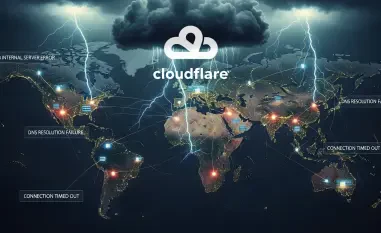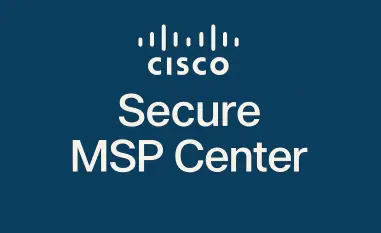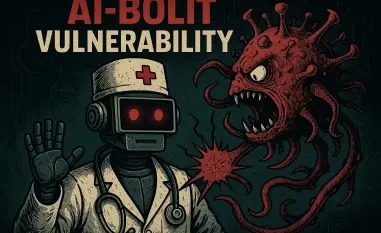In a world increasingly driven by digital transformation, the alarming statistic of a nearly 500% increase in ransomware attacks over the past two years highlights a growing threat that cybersecurity experts cannot afford to ignore. Ransomware as a Service (RaaS) is fast becoming a disruptive force in cybercrime, equipping even amateur hackers with sophisticated tools to execute crippling attacks. This service model not only democratizes access to ransomware for cybercriminals but also poses an ever-intensifying threat to global cybersecurity structures. Readers can expect an in-depth examination of this trend, including its origin, present impact, and future prospects.
The Rise and Evolution of Ransomware as a Service
Market Growth and Adoption
Recent data shows that RaaS is shaping the cybercriminal landscape with alarming rapidity. According to a 2025 cybersecurity report by Gartner, the RaaS market has expanded by over 300% in just a year, primarily due to increased accessibility and sophistication. This model lowers the barrier for entry into cybercrime, allowing even non-technical individuals to deploy complex ransomware attacks, as evidenced by rising subscription numbers from Darknet forums and underground marketplaces.
The proliferation of RaaS underscores a shift in cybercriminal activity where the focus has moved from individual hackers to organized crime networks. Security intelligence firms like Malwarebytes have documented how RaaS platforms are increasingly popular, offering tools and services that simplify ransomware deployment, thus widening their appeal among less skilled criminals.
Real-World Applications and Case Studies
High-profile incidents have underscored the devastating potential of RaaS, including the DragonForce ransomware attack that targeted managed service providers. The operation leveraged RaaS to exploit several vulnerabilities in RMM tools, leading to data theft and system encryptions across client networks. This attack, among others, illustrates how RaaS enables cybercriminals to exponentially increase their operational reach with relatively minimal upfront investment.
DragonForce, characterized by its affiliate model and recent rebranding as a cyber cartel, is indicative of how these actors exploit RaaS to inflict widespread damage. Notably, affiliates like Scattered Spider have successfully used DragonForce to target major retail sectors in the US and UK, further demonstrating the hazardous capabilities of RaaS operations.
Expert Insights and Industry Perspectives
Cybersecurity leaders are sounding the alarm on the escalating challenges posed by RaaS’s rapid growth. Experts warn that the service-based model continues to evolve, with more advanced features like auto-encryption processes and decentralized command functionalities. These innovations significantly complicate detection and mitigation efforts, demanding robust, adaptive security strategies from organizations worldwide.
The implications for businesses are grave, as experts highlight the necessity for improved cyber hygiene and fortified risk management protocols. Organizations must be proactive in anticipating cyber threats, investing in cutting-edge threat detection and response systems to mitigate the risks associated with increasing RaaS activity. This focus on preparedness and resilience is critical to thwarting future attacks.
Future Outlook of Ransomware as a Service
As the RaaS ecosystem continues to grow, potential developments could see its integration with AI technologies to become even more formidable. Criminals could leverage AI for automated targeting and more efficient attack execution, presenting new hurdles for cybersecurity defenses. This evolution poses significant risks for industries like healthcare, finance, and retail, which store vast amounts of sensitive data and are prime targets for cybercriminals.
While defenders anticipate challenges, such as mastering new threat detection methodologies and adapting to evolving cyber landscapes, there are also regulatory trends aiming to curb RaaS proliferation. Global cooperation on cybersecurity legislation and enforcement may shape how RaaS evolves, balancing technological advancements with an increased emphasis on cyber defense policies.
Conclusion and Recommendations
Throughout the analysis, the critical impact of Ransomware as a Service has been highlighted, emphasizing the urgent need for organizations to remain vigilant and proactive in their cybersecurity efforts. Understanding the dynamics of RaaS is essential as it persistently reshapes the threat landscape. Its ongoing expansion underscores the importance of implementing comprehensive security measures tailored to combat its pervasive influence. Businesses and institutions must prioritize continuous monitoring, threat intelligence collaboration, and fostering a culture of cybersecurity awareness to effectively respond to and mitigate the risks associated with RaaS.













